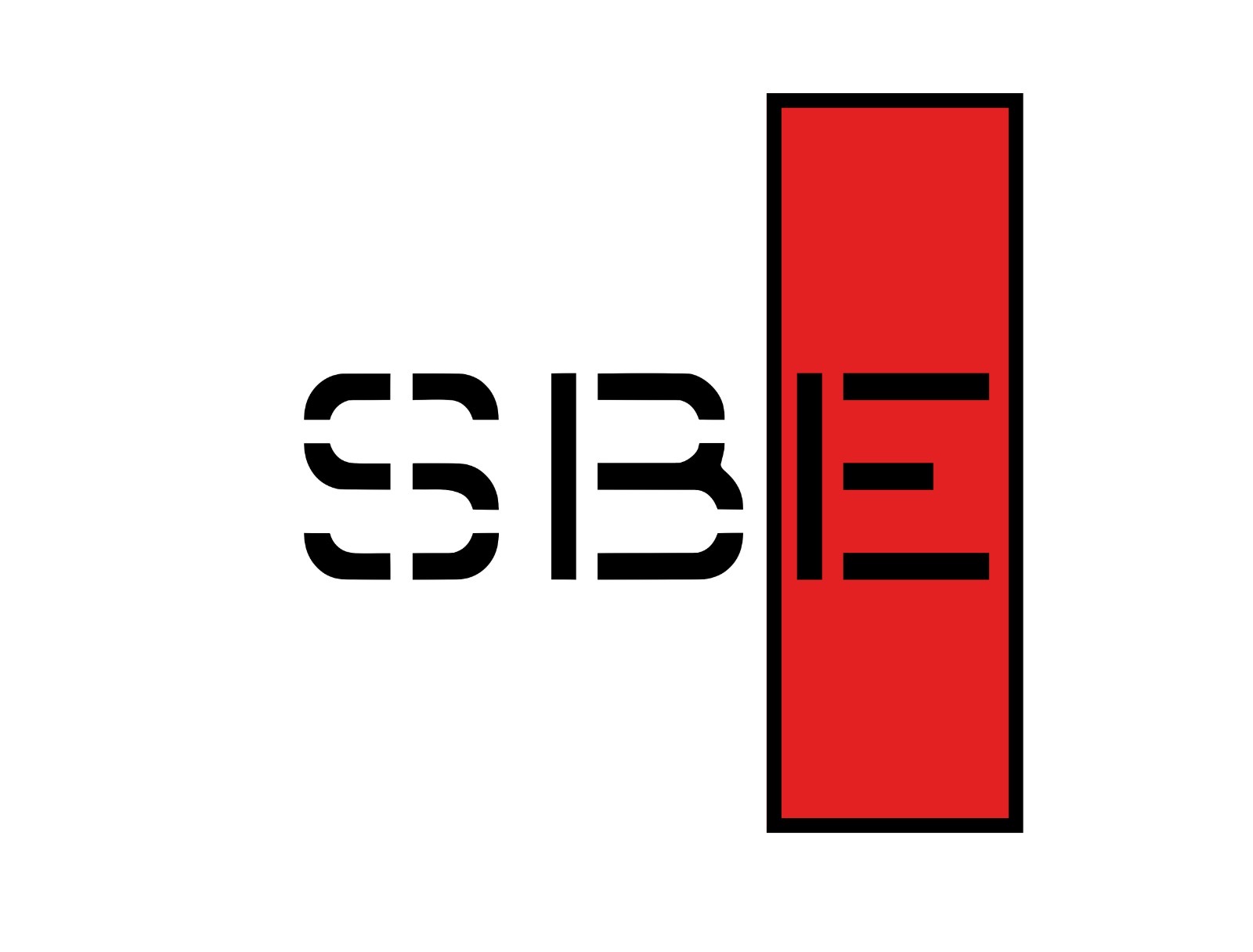A Good Relationship with the Master Copy
The insertion of the pilot figure on board a ship is a delicate moment.
You are joining an organised workgroup with a hierarchy that often does not know you, which involves fundamental objectives and critical elements. For this reason, it is essential to pay proper attention to the phase of building an open and trusting relationship.
As we mentioned in the introductory chapter, each person reacts to circumstances by interpreting them from their point of view. In the case of the master and the pilot, for example, we have two ways of seeing the ‘manoeuvre’ situation, which often coincides but can also be very different.
- The pilot has a deep and specific preparation for the manoeuvre he is about to carry out, focusing on the problem he has to solve. The pilot knows well the environment in which he operates. The daily manoeuvring on different vessels leads him to consider the level of risk differently from that of the master. Since the pilot has no commercial interests, he seeks the safest manoeuvre possible without considering the cost.
- The master does not know the pilot’s skill, is not familiar with the Port and has reduced practice in Port ship handling (comparatively with the pilot). He may fail to recognise many of the variables in the field regarding this specific situation. On the other hand, he knows everything about his ship and its crew, its criticalities, and its strengths as an expedition leader. Since the master is the owner’s representative, he seeks the safest manoeuvre at the lowest possible cost.
The same situation can be interpreted and experienced differently based on the elements available to each subject.
Put yourself in the other person’s shoes—Create empathy. J.G.
How can NLP help us in these circumstances?…
Before going into the heart of the matter, it is necessary to point out one thing: Neuro-Linguistic Programming does not have the purpose of manipulating the mind of others and leading them to act according to our will.
In reality, knowing a system of evaluation of others’ points of view and the wise use of some techniques helps us communicate better, eliminate misunderstandings, and align thoughts and objectives productively and effectively.

A part of the pilot’s job is done by automatically processing information and reacting to situations. There are numerous evaluation elements that the pilot has already selected before starting the concrete relationship with the ship’s captain:
- The quality of the approaching and shelter offered by the vessel.
- The vessel’s draft and trim.
- The integrity of the hull and its general condition.
- The quality of the pilot ladder and the attention to safety.
- The professionalism of the crew.
- General maintenance.
Once on the bridge, other important information fills in the pilot’s automatic evaluation form:
- Age of the ship.
- Engine power.
- Manoeuvring characteristics.
- Navigational aids.
- Any deficiencies.
- The professionalism of the bridge team.
This information gives the pilot an excellent overall picture; based on these foundations, the critical phase of building empathy begins.
It is less automatic to focus on the captain’s age or how he relates to the crew. The information he provides during the MPX (Master Pilot Exchange) is an excellent insight into his profile, but you need to pay more attention to his questions. These will make you understand his level of apprehension, the depth of his knowledge and ultimately, his reliability.
Once you’ve painted your image, you will know which approach will most effectively build a good relationship based on trust and collaboration.
